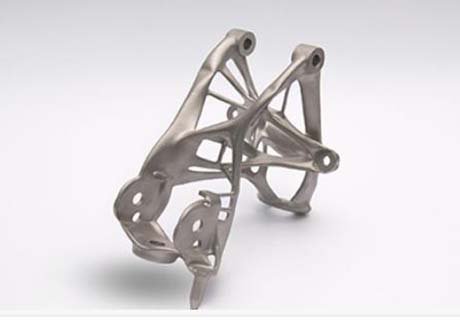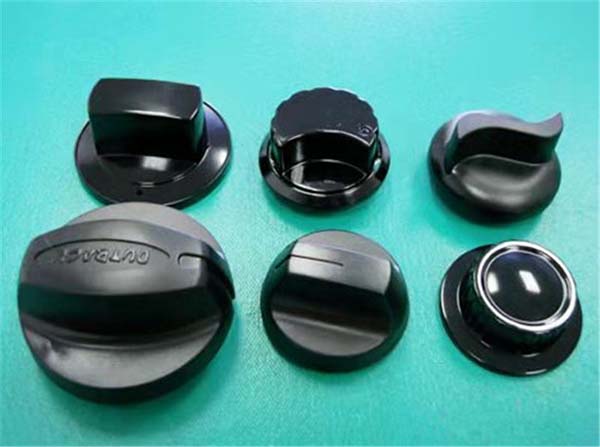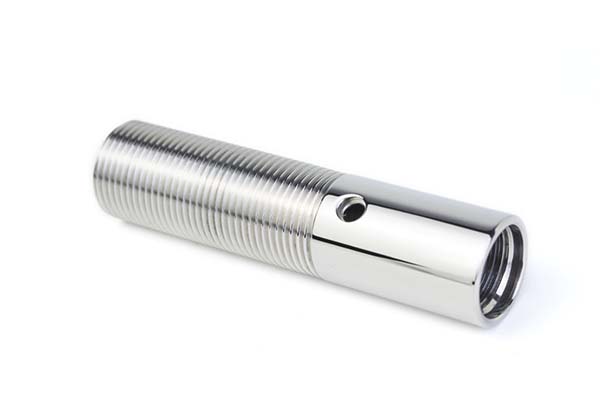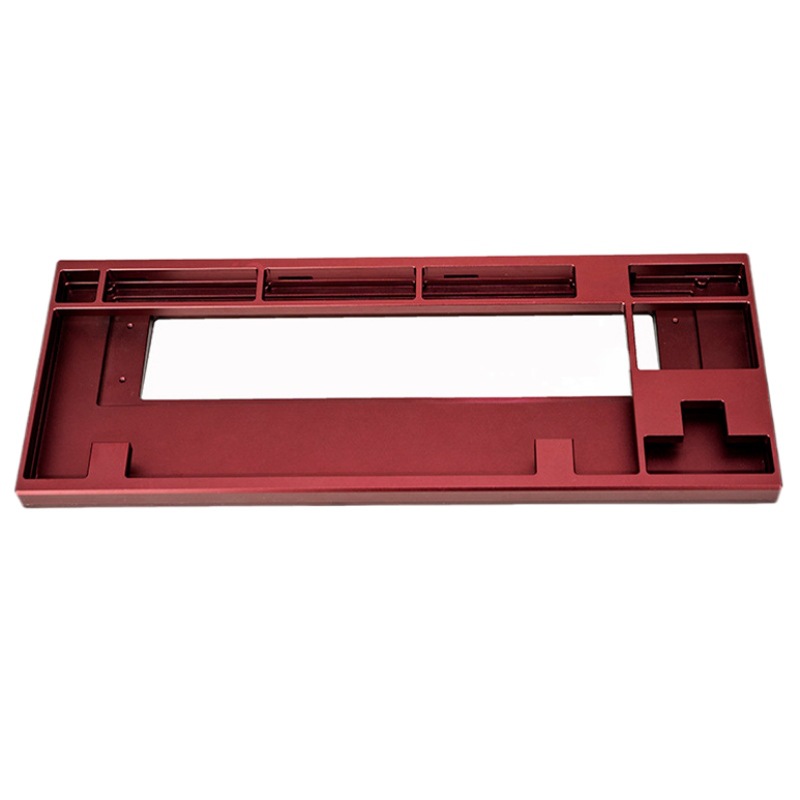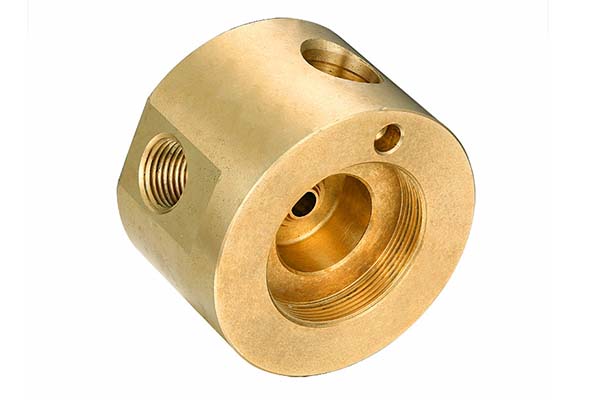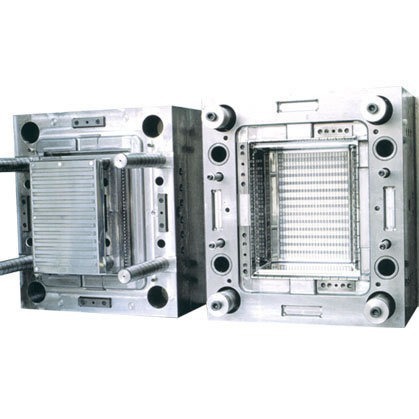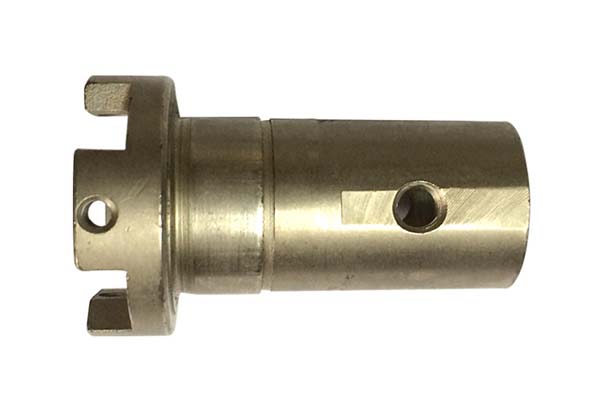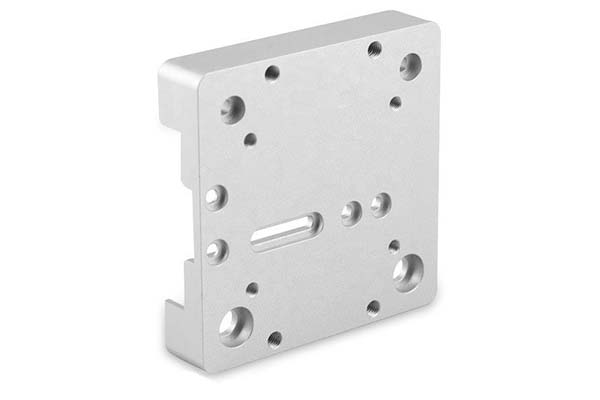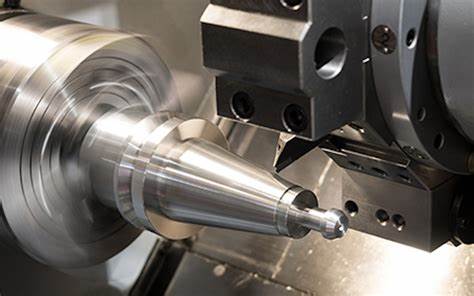Imagine a prototype shop spending days machining an aluminum bracket, only to find that chatter during milling left rough surfaces requiring expensive rework. Or an aerospace manufacturer struggling to keep tight tolerances on a 6061 aluminum part, as heat from cutting caused the material to expand and warp. These are common hurdles in aluminum CNC projects—a popular choice for their balance of strength, weight, and cost, but one that demands specific expertise to master. In this guide, we’ll explore how to tackle aluminum CNC projects successfully, from material selection to machining techniques, and solve the challenges that often arise.
Aluminum CNC Projects Overview: Why Aluminum is a CNC Favorite
Aluminum CNC projects span from simple prototypes to complex production runs, thanks to aluminum’s unique combination of properties that make it ideal for CNC machining. Whether you’re creating a one-off custom part or manufacturing 10,000 units, aluminum offers versatility that few materials match.
- Precision Machining: Aluminum’s softness (compared to steel) allows for tight tolerances—often as low as ±0.001 mm—making it perfect for parts like aerospace fittings or medical device components.
- Custom Fabrication: From intricate 3D milled enclosures for consumer electronics to large structural brackets, aluminum’s machinability enables complex designs that would be costly or impossible with other materials.
- Design for Manufacturing (DFM): Aluminum works well with DFM principles, as its properties are predictable during machining. Engineers can optimize designs for faster production—for example, adding fillets to reduce tool wear or simplifying geometries to cut cycle times by 20%.
- Prototyping and Production Runs: Aluminum is equally suited for quick prototypes (using 6061-T6) and high-volume production (with 7075 for strength). A survey by the Aluminum Association found that 65% of CNC shops use aluminum for both prototyping and production, citing cost and consistency as key factors.
Properties of Aluminum for CNC Projects: Why It Stands Out
Aluminum’s properties directly contribute to its popularity in CNC projects, offering advantages that address many manufacturing needs:
- Lightweight: With a density of 2.7 g/cm³ (one-third that of steel), aluminum reduces part weight—critical for aerospace and automotive applications. A 1 kg aluminum component replaces a 3 kg steel part, improving fuel efficiency in vehicles.
- High Strength-to-Weight Ratio: Alloys like 7075-T6 have a tensile strength of 572 MPa (comparable to some steels) while remaining lightweight. This makes them ideal for load-bearing parts like drone frames or bicycle components.
- Corrosion Resistance: Aluminum forms a natural oxide layer that protects against rust. Alloys like 5052 enhance this resistance, making them suitable for marine parts or outdoor equipment.
- Thermal and Electrical Conductivity: Aluminum conducts heat 3× better than steel, making it perfect for heat sinks in electronics. Its electrical conductivity (60% that of copper) suits connectors and bus bars.
- Machinability: Most aluminum alloys are easy to cut, with 6061-T6 rated as “excellent” for machinability. This reduces tool wear and speeds up production—an aluminum part can be machined 2–3× faster than a similar steel part.
- Recyclability: Over 90% of aluminum is recyclable, with recycled aluminum retaining its properties. This aligns with sustainability goals in industries like automotive and consumer goods.
CNC Machining Techniques for Aluminum: Getting the Details Right
Aluminum’s properties require specific techniques to maximize precision and efficiency:
- Milling: Use high-speed steel (HSS) or carbide end mills with sharp cutting edges. Climb milling (feeding against the cutter rotation) reduces chatter and improves surface finish. For 6061 aluminum, a 10 mm carbide end mill at 3,000 RPM with a feed rate of 500 mm/min achieves Ra 1.6 μm finishes.
- Turning: CNC lathes handle aluminum cylindrical parts (like shafts or bushings) with ease. A 30° diamond-tipped carbide insert works best, with cutting speeds of 200–300 m/min. For thin-walled parts, reduce chuck pressure to prevent deformation.
- Drilling and Tapping: Use cobalt drills for clean holes, with peck drilling to clear chips. Tapping aluminum requires sharp taps (high-speed steel or carbide) and cutting fluid to prevent galling. A #8-32 tap in 6061 aluminum works well at 500 RPM.
- Surface Finishing: Anodizing (type II or III) enhances corrosion resistance and adds color, while powder coating provides durability. For cosmetic parts (like consumer electronics), polishing achieves a mirror finish (Ra 0.02 μm).
- Heat Treatment: Alloys like 6061-T6 are heat-treated to increase strength. Post-machining heat treatment can relieve stress, but it may affect tolerances—so it’s often done before final machining.
Applications of Aluminum in CNC Projects: Across Industries
Aluminum’s versatility makes it a staple in diverse industries:
- Aerospace Components: 7075 aluminum is used for wing spars and aircraft frames, where strength and light weight are critical. A 2-meter aerospace bracket machined from 7075-T6 can withstand 10,000+ flight cycles.
- Automotive Parts: 6061 aluminum makes engine blocks, wheels, and suspension components. A CNC-machined aluminum wheel weighs 30% less than a steel one, improving fuel economy.
- Consumer Electronics: Aluminum enclosures for laptops, smartphones, and tablets offer durability and a premium look. A CNC-machined iPad frame uses 6063 aluminum for its smooth finish.
- Medical Devices: 5052 aluminum is used for surgical instrument trays and MRI-compatible parts, thanks to its corrosion resistance and non-magnetic properties.
- Industrial Equipment: Aluminum gears, housings, and conveyor components resist rust and reduce machinery weight. A CNC-machined aluminum gearbox housing lasts 10+ years in factory environments.
Challenges in Aluminum CNC Projects: Solutions for Success
While aluminum is easy to machine, it comes with unique challenges:
- Tool Wear: Aluminum can stick to tools (galling), especially with dull cutters. Using sharp carbide tools with TiAlN coatings reduces wear by 50%. Replace tools after 500–1,000 parts to maintain quality.
- Heat Generation: High cutting speeds can cause aluminum to soften (melting point 660°C). Using coolant (flood or mist) keeps temperatures below 200°C, preventing material deformation.
- Chatter: Vibration during milling creates rough surfaces. Reducing spindle speed by 10–20% or increasing feed rate stabilizes the cut. A rigid machine setup (tight fixtures) also minimizes chatter.
- Dimensional Accuracy: Aluminum expands with heat (coefficient 23.1 μm/m·°C). Machining in a temperature-controlled environment (20±1°C) keeps tolerances within ±0.002 mm.
- Surface Finish: Aluminum’s softness can lead to “tearing” if tools are dull. Using a high rake angle (15–20°) on end mills produces cleaner cuts, reducing the need for post-polishing.
Yigu Technology’s Perspective: Expertise in Aluminum CNC Projects
At Yigu Technology, we specialize in aluminum CNC projects for industries ranging from aerospace to consumer goods. Our team understands aluminum’s nuances—from selecting the right alloy (6061 for prototyping, 7075 for high strength) to optimizing machining parameters for precision. We use carbide tools with TiAlN coatings to minimize wear and temperature-controlled facilities to ensure tight tolerances. Whether you need a custom aluminum bracket or high-volume electronics enclosures, we deliver parts with Ra 0.8 μm surface finishes and ±0.001 mm tolerances, meeting your performance and budget needs.
FAQs
- Which aluminum alloy is best for CNC projects?
6061-T6 is the most popular for its balance of machinability, strength, and cost, suitable for most prototypes and production parts. 7075-T6 is better for high-strength applications (aerospace), while 5052 works for corrosion-resistant parts (marine).
- How can I prevent aluminum from sticking to tools during machining?
Use sharp carbide tools with TiAlN coatings, apply cutting fluid (soluble oil or synthetic coolant), and avoid slow feed rates. For tapping, use a 10–15% larger tap drill size to reduce friction.
- What’s the typical tolerance for aluminum CNC parts?
With proper setup, aluminum parts can achieve tolerances of ±0.001 mm for small features (under 50 mm). Larger parts (100+ mm) typically hold ±0.005 mm, depending on alloy and machining conditions.
